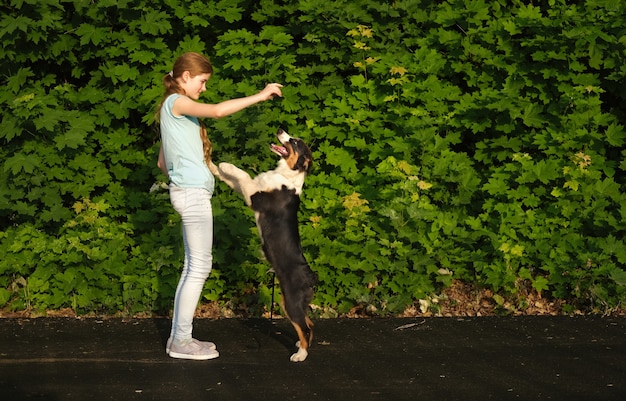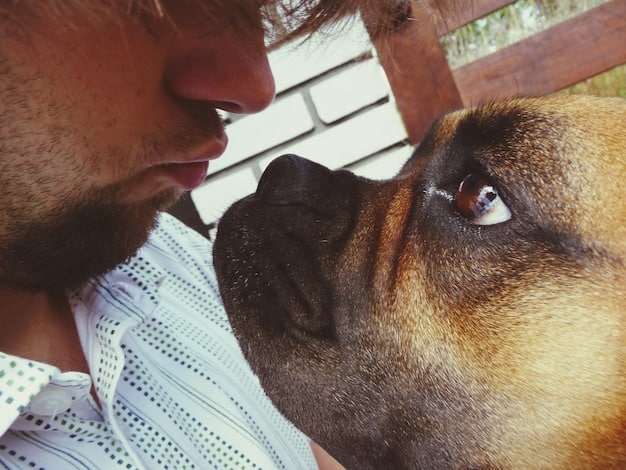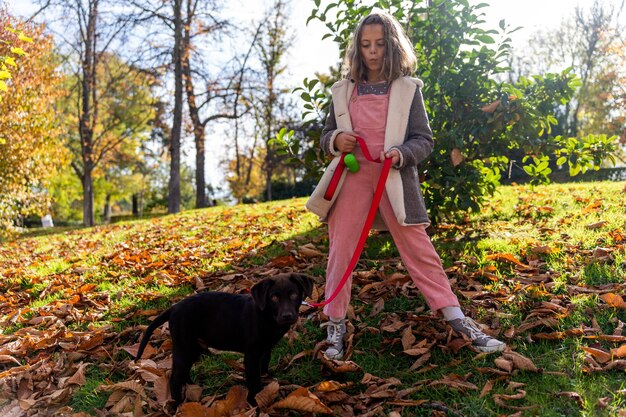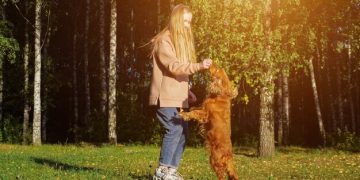Recall Reliability: Advanced Techniques for 90% Success

Recall reliability is crucial for dog owners; achieving a 90% success rate involves mastering advanced techniques like positive reinforcement, consistent cues, and addressing distractions effectively.
Ensuring your dog responds reliably to recall commands is essential for their safety and your peace of mind. Recall reliability: achieve 90% recall success with these advanced techniques involves more than just saying “come”; it requires a strategic approach rooted in positive reinforcement, clear communication, and consistent training.
Understanding the Importance of Recall Reliability
Recall reliability is the cornerstone of responsible dog ownership. It’s about more than just getting your dog to come back when called; it’s about ensuring their safety and well-being in various situations.
Think about it: a reliable recall can prevent your dog from running into traffic, approaching potentially dangerous wildlife, or getting lost in unfamiliar territory.
Why 90% Recall Success Is a Good Goal
Aiming for a 90% recall success rate might seem ambitious, but it’s a realistic and achievable goal for most dog owners. It acknowledges that dogs aren’t robots and that distractions and situational factors can sometimes impact their response. However, it also sets a high standard that encourages consistent training and reinforces the importance of recall.
- Provides a safety net in unpredictable situations.
- Enhances off-leash freedom and enjoyment.
- Strengthens the bond between you and your dog.
- Reduces stress and anxiety for both dog and owner.
Ultimately, improving recall reliability is about building trust and communication with your dog. It’s a skill that requires patience, consistency, and a positive approach.

The Foundation: Positive Reinforcement and Consistent Cues
The bedrock of any effective recall training program is positive reinforcement. This involves rewarding your dog for responding correctly to the recall command, making the experience enjoyable and reinforcing the desired behavior.
Coupled with consistent cues, positive reinforcement can dramatically improve your dog’s recall reliability.
The Power of High-Value Rewards
Not all rewards are created equal. High-value rewards are something your dog finds incredibly motivating, such as small pieces of cooked chicken, cheese, or their favorite toy. These rewards should be reserved specifically for recall training to make the exercise extra special.
- Identify your dog’s most motivating rewards.
- Use these rewards exclusively for recall training.
- Vary the rewards to keep your dog engaged.
- Phase out treats gradually as recall improves, but continue to reward periodically.
Remember, the goal is to create a positive association with the recall command, so your dog is always eager to come when called.
Mastering the “Come” Command: Step-by-Step Training
The “come” command is the foundation of recall training. It’s important to teach this command in a structured and progressive manner, gradually increasing the difficulty as your dog progresses.
Start in a low-distraction environment and gradually introduce more challenges as your dog becomes more reliable.
Phase 1: Indoor Training
Begin by practicing the “come” command indoors, in a quiet room with minimal distractions. Say your dog’s name followed by “come,” and when they come to you, reward them with praise and a high-value treat.
Repeat this exercise several times a day, keeping sessions short and engaging.
Phase 2: Outdoor Training
Once your dog is reliably responding to the “come” command indoors, move to a more challenging outdoor environment, such as your backyard or a quiet park. Keep your dog on a long leash initially, and gradually increase the distance as they become more reliable.

Advanced Techniques: Addressing Distractions and Challenges
Even with consistent training, distractions can sometimes interfere with your dog’s recall reliability. It’s important to identify potential distractions and develop strategies to overcome them.
Think of it like proofing your dog’s recall skill. The more prepared you are, the greater your chances of success.
Proofing Against Common Distractions
Common distractions for dogs include other dogs, squirrels, people, and interesting smells. To proof against these distractions, gradually introduce them into your training sessions.
- Start with low-level distractions and gradually increase the intensity.
- Use a long leash to maintain control and prevent your dog from running off.
- Reward your dog for ignoring the distraction and focusing on you.
- If your dog is consistently distracted, reduce the intensity of the distraction and try again later.
By gradually exposing your dog to distractions, you can help them learn to focus on you even in challenging situations.
Troubleshooting Common Recall Problems
Despite your best efforts, you may encounter some challenges along the way. It’s important to identify the root cause of the problem and adjust your training accordingly.
Let’s look at where things might be going wrong.
Why Your Dog Might Not Be Coming When Called
There are several reasons why your dog might not be coming when called. Perhaps they are not properly motivated, they are confused by the command, or they have had a negative experience associated with recall.
Addressing Specific Recall Issues
If your dog is not coming when called, try increasing the value of the reward, clarifying the command, or rebuilding trust through positive reinforcement. Avoid punishing your dog for not coming, as this can create a negative association with recall.
- Assess the situation and identify the underlying cause.
- Adjust your training approach accordingly.
- Seek professional help from a certified dog trainer if needed.
- Be patient and persistent, and celebrate small victories along the way.
Remember, every dog learns at their own pace, and it’s important to be patient and understanding throughout the training process.
Maintaining Recall Reliability: Ongoing Practice and Consistency
Recall training is not a one-time event; it’s an ongoing process that requires consistent practice and reinforcement. Even after your dog has achieved a 90% recall success rate, it’s important to continue practicing regularly to maintain their skills.
Think of this as maintaining a relationship. It should be consistent for optimal output.
Incorporating Recall into Daily Life
One of the best ways to maintain recall reliability is to incorporate it into your daily life. This could involve practicing recall during walks, at the park, or even in your own backyard. The more often you practice, the more reliable your dog will become.
- Practice recall in various environments and situations.
- Use positive reinforcement to reward correct responses.
- Keep training sessions short and engaging.
- Be consistent with your commands and expectations.
By making recall training a part of your daily routine, you can ensure that your dog’s skills remain sharp and reliable for years to come.
| Key Point | Brief Description |
|---|---|
| 🍖 Positive Reinforcement | Use high-value treats and praise to reward successful recalls. |
| 🗣️ Consistent Cues | Use a clear and consistent “come” command. |
| distractions | Gradually introduce distractions during training. |
| 🐾 Ongoing Practice | Regularly practice recall to maintain reliability. |
FAQ
▼
Recall reliability refers to a dog’s ability to consistently and reliably return to their owner when called, regardless of distractions or environmental factors. It’s a crucial aspect of responsible dog ownership.
▼
Reliable recall can prevent a dog from running into dangerous situations like traffic or encountering aggressive animals. It also lets owners enjoy more off-leash freedom with their pets in safe areas.
▼
Use positive reinforcement techniques like treats and praise when your dog comes when called. Start training in a low-distraction environment and gradually increase the difficulty as your dog improves.
▼
Common recall challenges include distractions from other animals, interesting smells, or exciting environments. Some dogs may also have a negative association with being called if they’ve been punished after coming.
▼
Practice recall regularly, even after your dog has mastered it. Incorporate it into daily walks, playtime, and other activities to keep their skills sharp and ensure they remain reliable in various situations.
Conclusion
Achieving 90% recall reliability requires a blend of dedication, consistent training, and an understanding of your dog’s individual needs and motivations. By focusing on positive reinforcement, mastering the “come” command, addressing distractions, and maintaining ongoing practice, you can significantly improve your dog’s recall skills and enjoy a safer, more fulfilling relationship with your furry friend.





